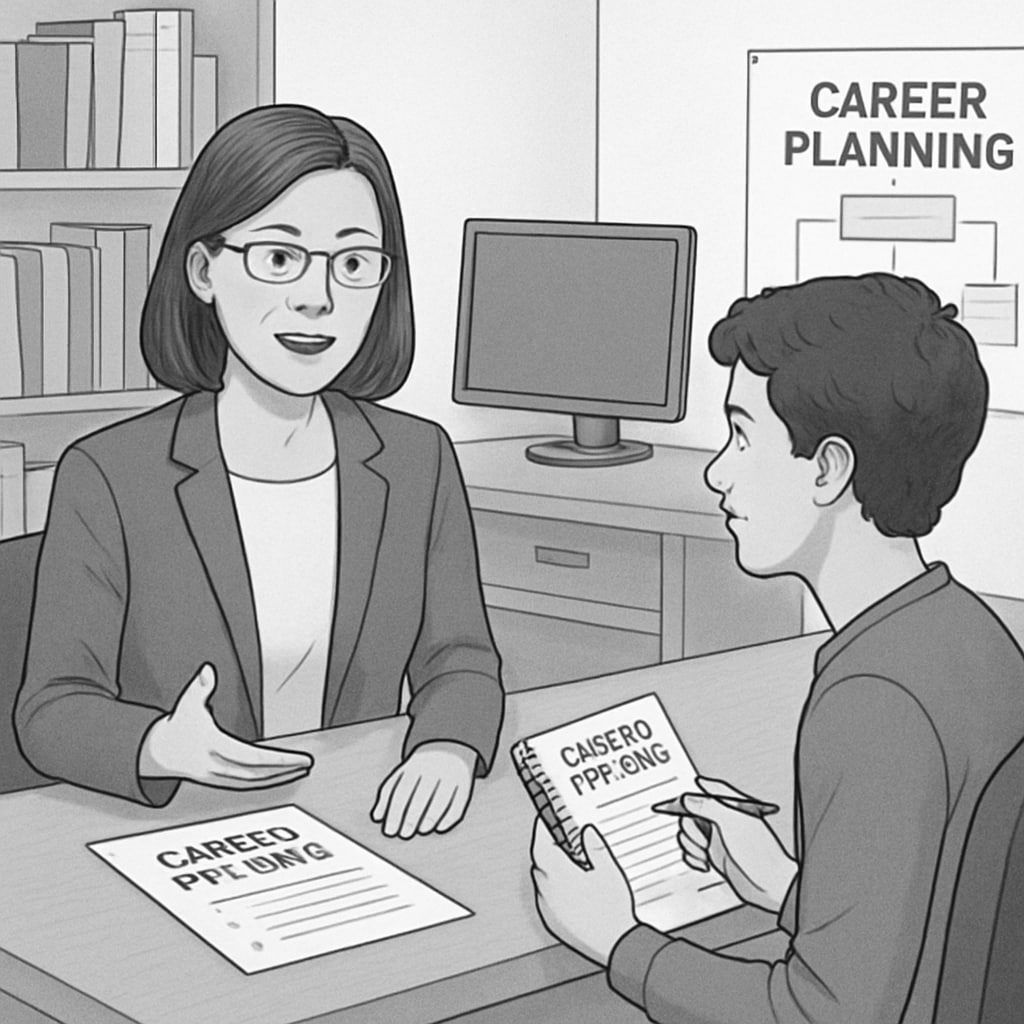For many students, academic interruptions can lead to confusion and uncertainty. The challenges of career planning, major selection, and finding the right professional direction often come to the forefront during such times. Balancing personal interests with the realities of the job market is no easy feat, but with the right strategies, it’s possible to turn these interruptions into opportunities for growth.

The Importance of Early Career Planning
Career planning should ideally begin during the K12 education phase, as this is when students start discovering their interests and strengths. Unfortunately, many education systems focus more on academic achievement than helping students understand potential career paths. This imbalance can leave students ill-prepared for making critical decisions later in life.
Early career planning allows students to:
- Explore various fields of interest.
- Understand the educational requirements for different careers.
- Identify their strengths and weaknesses.
Programs that integrate career exploration into school curricula, such as mentorship opportunities or vocational training, can provide students with valuable insights into potential career paths. For example, vocational education often helps students gain practical skills and experience in specific industries, which can be a stepping stone to long-term success.
Balancing Interests and Job Market Realities
When facing academic interruptions, students often question whether to follow their passions or prioritize financial stability. Striking a balance between the two is essential. While passion is a key motivator, understanding the job market and its demands is equally important.
Here are some strategies to help balance these factors:
- Research job trends: Use reliable resources like the Bureau of Labor Statistics to understand which industries are growing and which are declining.
- Assess transferable skills: Identify skills that are valuable across multiple industries, such as communication, problem-solving, and adaptability.
- Consider hybrid approaches: Explore careers that align with both personal interests and market demand. For example, a student interested in art might explore graphic design or digital marketing.

How to Make Informed Decisions
Once students have identified their interests and researched potential career paths, the next step is to make informed decisions. This involves setting realistic goals and creating a roadmap to achieve them. Academic interruptions can be an opportunity to reassess priorities and explore new avenues.
Here’s how students can approach decision-making effectively:
- Seek guidance: Consult with career counselors, mentors, or industry professionals to gain insights into specific fields.
- Test the waters: Participate in internships, part-time jobs, or volunteer opportunities to gain hands-on experience.
- Set short-term goals: Focus on achievable milestones that align with long-term objectives.
By taking these steps, students can build confidence and clarity in their professional journey, even in the face of academic interruptions.
Conclusion: Turning Challenges into Opportunities
Academic interruptions and career planning challenges are common, but they don’t have to define a student’s future. By focusing on early career exploration, balancing interests with job market realities, and making informed decisions, students can navigate these obstacles successfully. Moreover, integrating career education into the K12 system can help prevent such challenges in the first place, empowering students to make well-rounded choices as they transition into adulthood.
Ultimately, the key is to view interruptions as opportunities for growth and self-discovery. With the right mindset and resources, every student can find their path and achieve their career goals.
Readability guidance: Ensure each section is concise and well-organized. Use transition words to maintain a smooth flow and provide actionable advice through lists and examples.


